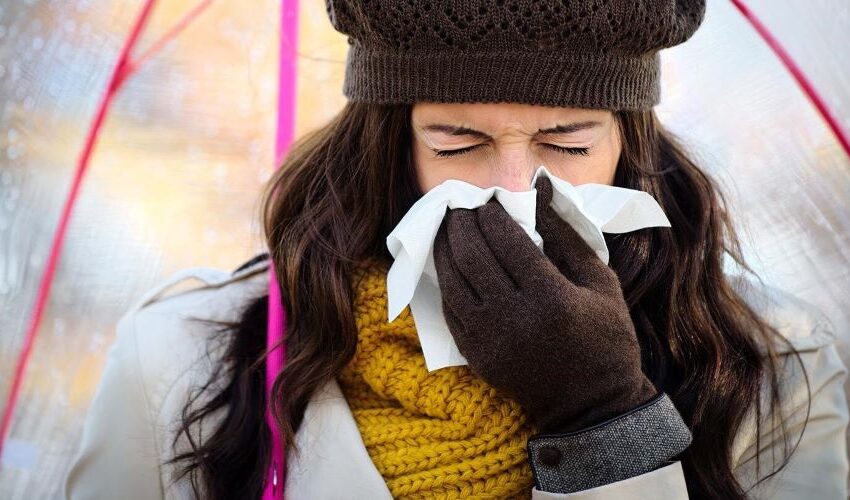Tomato flu: Causes, symptoms & treatments

Dr Shivali Ahlawat
While India is still getting over the mayhems of the unprecedented pandemic, reports of another mysterious illness, the tomato flu or tomato fever, have become a growing concern among the masses. With several cases being reported from states like Kerala, Tamil Nadu, Haryana and Odisha, the Union Health Ministry have also issued a set of guidelines and SOPs to contain the spread of the flu. Mostly children under the age of 10 and adults with low immunity are vulnerable to the virus. However, there have been no reports of death or serious illness caused due to the tomato fever.
Explaining tomato-flu
According to researchers, tomato flu is a different clinical presentation of hand foot and mouth disease (HFMD), which is generally caused by a group of enteroviruses – viruses transmitted through the intestine. Common symptoms of the flu among children include fever, joint pain and red tomato-like rashes; the illness can also be characterized by diarrhea, dehydration, nausea, vomiting and fatigue. Though the symptoms are closely related to those of dengue and chikungunya, researches have suggested that HFMD is generally caused by Coxsackievirus A-6 and A-16.
Causes
The exact cause behind the outbreak of the tomato flu is still under research. However, medical experts suggest that the disease, which is most common among children, is highly contagious and can spread through close contact and air. Children of the age of 1-5 can easily get infected by the virus by touching dirty surfaces, using diapers and putting objects directly into their mouths.
Symptoms
The initial symptoms of tomato flu close resembles with the symptoms observed in dengue and chikungunya which include high fever, rashes, and intense pain in joints. The rashes and blisters in the body are similar to those reported in monkey-pox and can cause serious skin irritation. Other common symptoms include fatigue, cramps, nausea, vomiting, diarrhoea, fever, dehydration, swelling of joints, and body aches.
Treatment
Tomato flu in general is a self-limiting disease and the treatment technique is similar to those of dengue and chikungunya. Primary treatment methodologies include isolation, rest, plenty of fluids and a hot water sponge for the relief from skin irritation due to the rashes and blisters. Other common treatments include addressing illnesses like fever and body ache. However, there are no antiviral drugs or vaccine to treat or contain the spread of tomato flu.
Prevention
While there is a need for more researches to definitely understand the cause or treatment for tomato flu, prevention is the only precautionary measure that can be adopted. Some of the common measures include avoiding close contact with an infected person, explaining the virus to children, avoiding physical contacts in contaminated zones, maintaining good hygiene, washing hands after touching or scratching the blisters or rashes, sanitizing utensils regularly, etc.
Dr Shivali Ahlawat is Lab Director, Oncquest Laboratories Ltd


